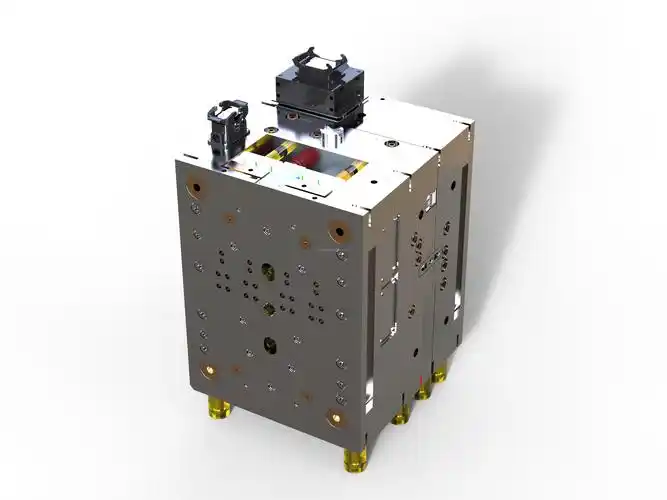|
Regarding the process performance of molds
The manufacturing of molds generally involves several processes such as forging, cutting, and heat treatment. To ensure the manufacturing quality of molds and reduce production costs, their materials should have good malleability, machinability, hardenability, hardenability, and grindability; It should also have low sensitivity to oxidation and decarburization, as well as a tendency towards quenching deformation and cracking. 1. Malleability: It has low resistance to hot forging deformation, good plasticity, a wide forging temperature range, and a low tendency for forging cracking, cold cracking, and precipitation of network carbides. 2. Annealing processability: Spheroidization annealing has a wide temperature range, low annealing hardness and small fluctuation range, and high spheroidization rate. 3. Machinability: Large cutting amount, low tool wear, and low surface roughness during machining. 4. Sensitivity to oxidation and decarburization: When heated at high temperatures, it has good antioxidant capacity, slow decarburization rate, insensitivity to the heating medium, and a small tendency to produce pitting. 5. Quenching hardness: After quenching, it has a uniform and high surface hardness. 6. Hardenability: After quenching, a deeper hardened layer can be obtained, which can be hardened by using a mild quenching medium. 7. Quenching deformation cracking tendency: Conventional quenching has small volume changes, slight shape warping and distortion, and low abnormal deformation tendency. Conventional quenching has low sensitivity to cracking and is insensitive to quenching temperature and workpiece shape. 8. Grindability: The relative wear of the grinding wheel is small, the burn free limit grinding amount is large, it is not sensitive to the quality and cooling conditions of the grinding wheel, and it is not easy to cause grinding damage and cracks. |




